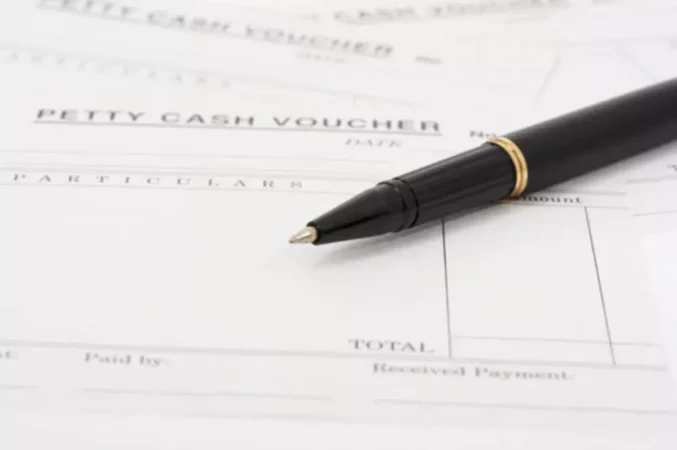Petty cash is defined as a relatively small amount of bills kept to pay for infrequent, minor expenses that must be paid in cash. Usually, the petty cash is used for items such as food for meetings, shipping, to make changes to customers and other miscellaneous expenses when it is not practical to write a check. Most companies choose to have a petty cash account because it eliminates multiple journal entries for small amounts.
How a petty cash system works
The petty cash account is created first, and then a responsible person gives the money to the employees when they need to use cash to make various purchases. When employees make the purchase, they will give that person a receipt for expenses and any remaining money. This person, in return, is responsible for tracking the money used and returned receipts, as well as replenishing the petty cash fund as necessary.
Setting up a petty cash account
A business that wishes to create a petty cash fund will:
- Determine the amount it wants and needs to hold in the petty cash;
- Transfer the money from the Cash account to the Petty Cash account. It would also write a dollar check that would be cashed to make starting money for the petty cash or drawer;
- Hand the check to the custodian, who then brings the check to the bank to get the money and places it in a predetermined box.
- Have the box refilled monthly or as decided.
Keep track of petty cash transactions

After you create the petty cash fund, you can start making purchases using the money in that fund.
- From the first day, a responsible person records an amount in cash, a date on which it was given, the name of an employee, and the reason for the withdrawal. He will also need to request a receipt after each disbursement.
- At the end of the week/month, that person reconciles the petty cash by counting the receipts and money remaining in the box. If no errors are made, all receipts received and the remaining money will add up to the starting point of the petty cash account.
- This information is then given to the accountant to prepare a replenishment entry. In the journal entry, a debit is made for each expense, and credit is recorded for Cash. You only credit a Petty Cash account when it is created, or the balance is changed.
- A Cash Over or Short journal entry is added when the money in the box and receipts total less or more than what is initially fixed to be in the petty cash account. For example, if a petty cash fund is set at $250, and there is $23.50 cash left in the fund, the total expenses should be $250 minus $23.50. Otherwise, the difference is noted by a Cash Over or Short entry.
- Now, throughout the month, employees can come and ask for money and provide receipts. The custodian continues to monitor all activity, and the process repeats.

















